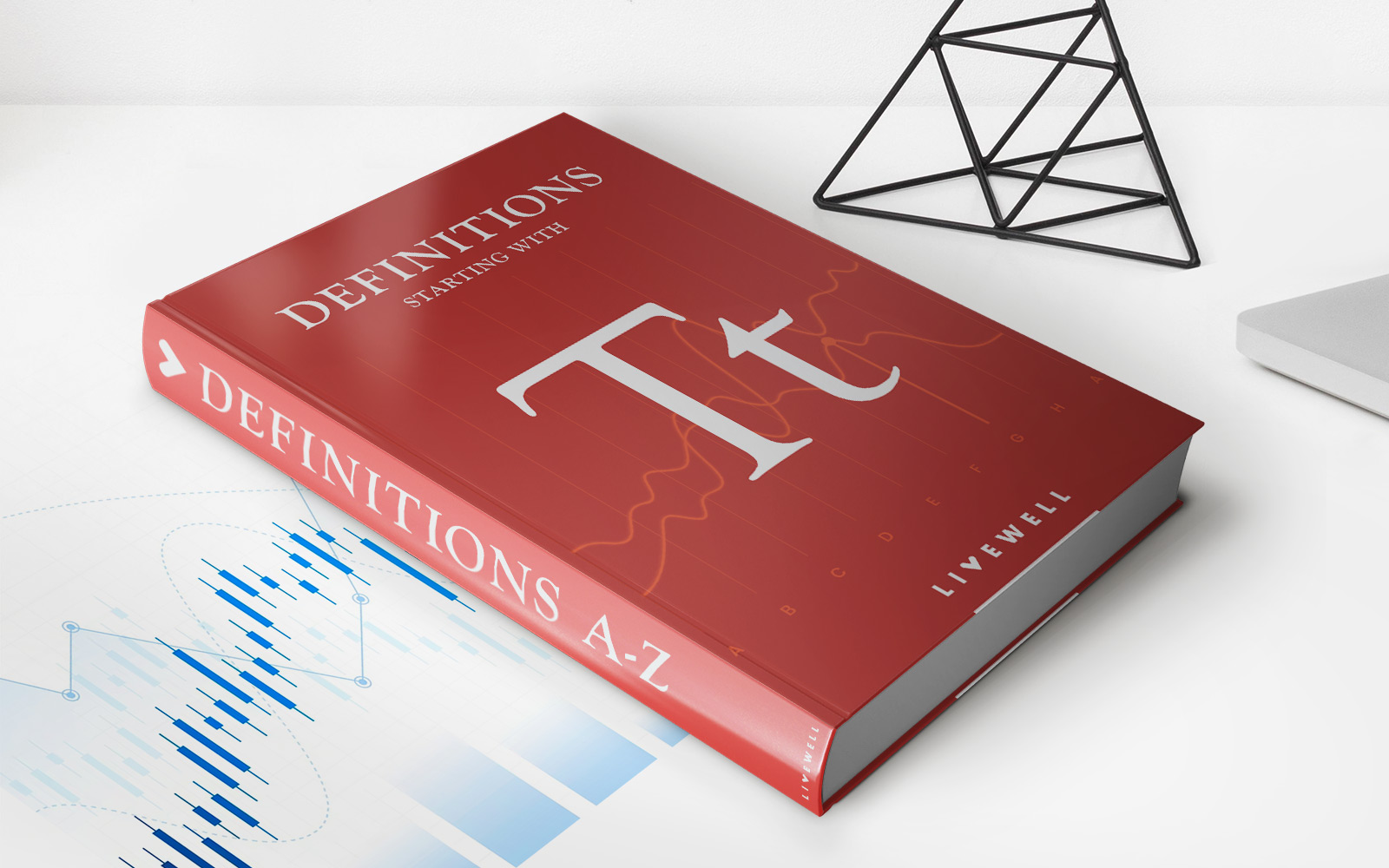

Finance
Swap Definition & How To Calculate Gains
Published: February 4, 2024
Learn the swap definition in finance and discover how to calculate gains. Find out everything you need to know about swaps and maximize your financial knowledge today!
(Many of the links in this article redirect to a specific reviewed product. Your purchase of these products through affiliate links helps to generate commission for LiveWell, at no extra cost. Learn more)
Understanding Swaps: Definition & How to Calculate Gains
Finance can be a complex field, filled with unfamiliar terminology and intricate concepts. One such concept is swaps. If you’ve ever wondered what a swap is and how gains are calculated, you’re in the right place. In this blog post, we’ll dive into the world of swaps, explaining their definition and providing a step-by-step guide on calculating gains.
Key Takeaways:
- A swap is a financial contract between two parties to exchange a series of cash flows or financial instruments over a specific period.
- When calculating gains from a swap, you need to consider factors such as interest rates, currency exchange rates, and the terms of the swap agreement.
Now, let’s explore the concept of swaps in more detail. Simply put, a swap is a financial agreement between two parties to exchange a series of cash flows or financial instruments over a specific period. Swaps can involve various aspects, including interest rates, currencies, commodities, or even types of debt instruments.
Calculating gains from a swap requires understanding the terms of the swap agreement and considering various factors. Here’s a step-by-step guide to help you calculate the gains:
- Identify the specific type of swap: The first step is to determine the type of swap involved, such as an interest rate swap, currency swap, or commodity swap. Each type will have its unique factors to consider during the gain calculation process.
- Understand the terms of the swap: Familiarize yourself with the terms and conditions of the swap agreement. This includes the notional amount, interest rates, exchange rates, payment dates, and any other relevant details.
- Calculate the cash flows: Based on the terms of the swap, determine the cash flows that will occur during the swap period. This may involve calculating interest payments, exchange rate differentials, or any other factors outlined in the swap agreement.
- Determine the present value of cash flows: Discount the calculated cash flows to their present value using an appropriate discount rate. This step considers the time value of money and allows for a fair comparison of cash flows.
- Compare the present values: Compare the present value of the cash flows received to the present value of the cash flows paid. The difference between these values represents the gain or loss from the swap.
Keep in mind that swap agreements can be complex, and professional advice may be necessary to accurately calculate gains. Additionally, there are various methods to calculate gains, and the approach may vary depending on the specific type of swap and the terms outlined in the agreement.
Now that you have a better understanding of swaps and how to calculate gains, you can navigate the world of finance with more confidence. Remember to consult with professionals or conduct further research if you encounter any specific questions or complexities regarding swaps or related financial instruments.
By demystifying swaps, we aim to empower you to make informed decisions in the world of finance. Whether you’re an investor, trader, or simply interested in expanding your financial knowledge, understanding swaps and their potential gains is a valuable asset.














